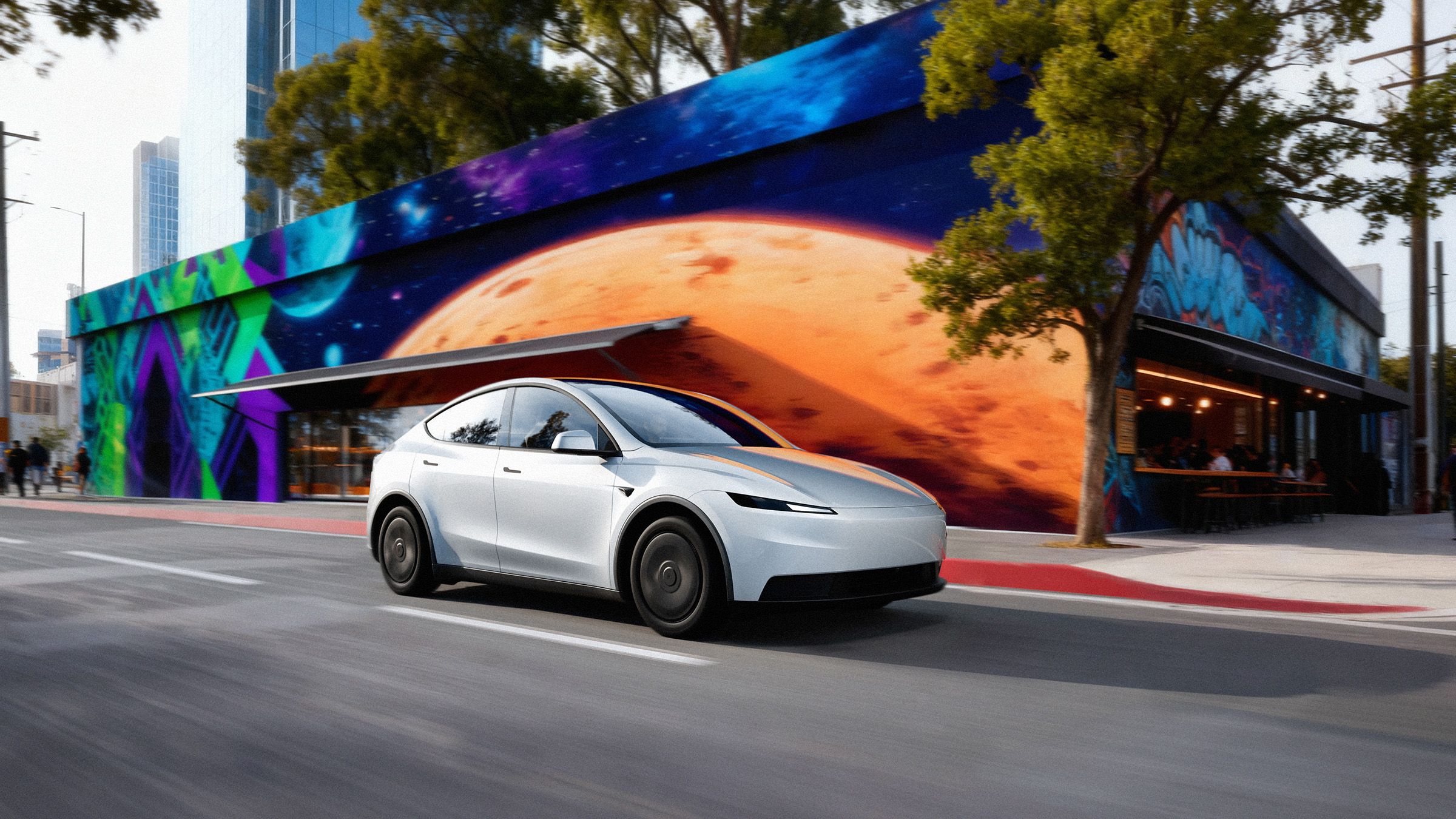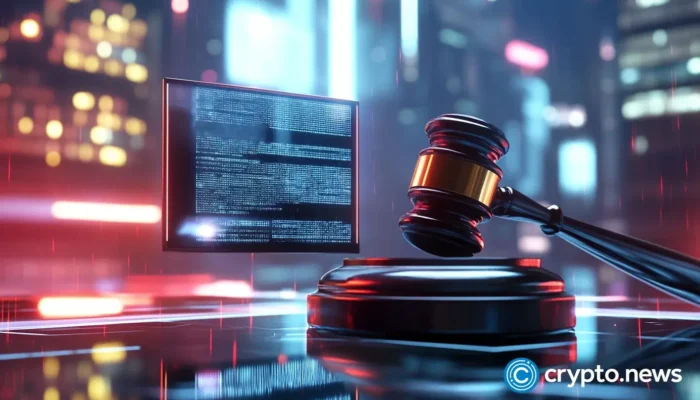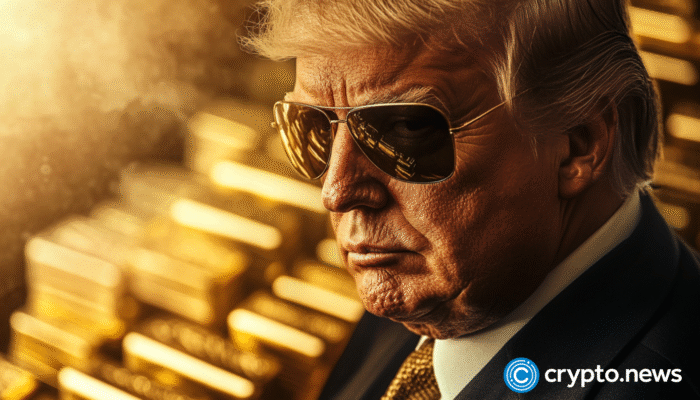For nearly two decades, CEO Elon Musk has promised Tesla would make a more affordable electric vehicle, to, as he put it in 2006, “help expedite the move from a mine-and-burn hydrocarbon economy towards a solar electric economy.” Is it finally here? Kinda, sorta.
On Tuesday, Tesla announced a new Model Y and Model 3 Standard, versions of its popular compact SUV and sedan stripped of a few higher-end touches and features to bring the price down to $39,990 and $36,990, respectively. They’re both about $5,000 cheaper than the Premium variants, which goes a ways—but not all the way—toward recouping the $7,500 tax credit canceled by the GOP-led Congress this past summer.
The price point also puts Tesla’s newest models firmly in the “more affordable” EV camp. The average transaction price for electric vehicles last month was over $57,000, according to Kelley Blue Book.
But the new variants, which look a lot like older versions of the Model Y and S, might not be enough to turn new customers to the electric side. “The market has been clamoring for a cheaper electric vehicle,” says Joseph Yoon, a consumer analyst at Edmunds. An electric closer to $30,000 might turn some once EV-skeptical drivers’ heads, he says. That’s especially true in this new auto-tariff world, where the price of any new car, no matter how it’s fueled, is expected to tick up by thousands of dollars.
Yoon is doubtful that a 10 percent price cut will prove a big winner for Tesla. “Instead of iterating and improving their products more meaningfully, what [Tesla] has decided to do is almost undercut themselves a little bit,” says Yoon. For years, the electric automaker set the pace for the rest of the sector. This new variant “feels like a classic legacy automaker move,” he says.
To shave a few thousand off the cost of the Model Y and 3, Tesla made some nips and tucks—decontenting, in auto speak.

Courtesy of Tesla
The Model Y has a new front and back profile, without a headlight- and taillight-spanning light bar. It comes with smaller, 18-inch wheels standard, and in only three colors. There’s less vegan leather and more textile on these seats, a reengineered roof that’s only glass on the outside, and no touchscreen in the rear passenger seats. The powertrain is less powerful—it adds 1.4 seconds to the Premium’s 0-to-60 time for the Standard, which comes in at 6.8 seconds—and the battery gives an estimated 321 miles of range per charge, compared to 363 for the higher-end model.
The Model 3 Standard keeps its glass roof but also has taken a haircut: fewer luxury touches on the seats and no rear touchscreen.
Buyers of both vehicles will still have access to Tesla’s Full Self-Driving (Supervised) feature, a driver-assistance system that performs some driving tasks (changing lanes, maintaining speed, navigating obstacles) by itself but must be closely supervised by the person behind the wheel the whole time. But that feature costs an extra $8,000.
Recently, Musk has seemed less interested in his automaker making new cars. A long-promised affordable-car initiative was reportedly canceled in the spring of 2024, after Musk insisted the company focus its resources on robotics and autonomous vehicle technology instead. (Musk initially denied the report but then confirmed that Tesla would be rejiggering its Model Y and 3 to hit a lower price point rather than putting out fresh and cheaper models.)
Earlier this year, Tesla launched a refresh of the best-selling Model Y, making some design changes and upping the vehicle’s efficiency and comfort for roughly the same price as the older model. Based on the automaker’s favorable financing deals, it appears to have gotten off to a rough start for sales. The company’s electric pickup, the Cybertruck, is selling well short of Musk’s projections. Tesla’s futuristic, self-driving Cybercab is slated to go into production next year, though the company isn’t yet running its self-driving software on public roads without human safety monitors.
Globally, the automaker’s sales are down 6 percent compared to last year. Sales have taken an especially big hit in California—the automaker’s largest US market—and in Europe, after Musk’s collaboration with the Trump administration, and his Nazi-like salute at January’s presidential inauguration, turned some people against the brand.
Still, Musk has a vision of Tesla’s future. “The future of the company is fundamentally based on large-scale autonomous cars and large-scale, large volume, vast numbers of autonomous humanoid robots,” he told investors this spring, arguing that dominating in autonomy and robotics could make Tesla “as valuable as the next five companies combined.”



